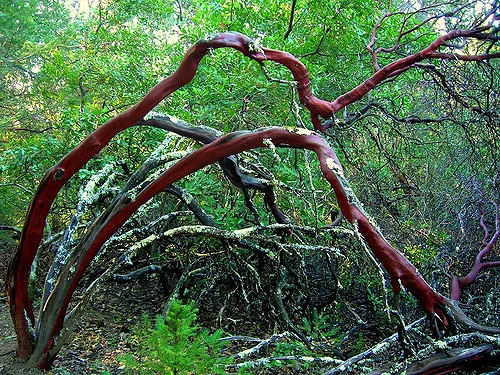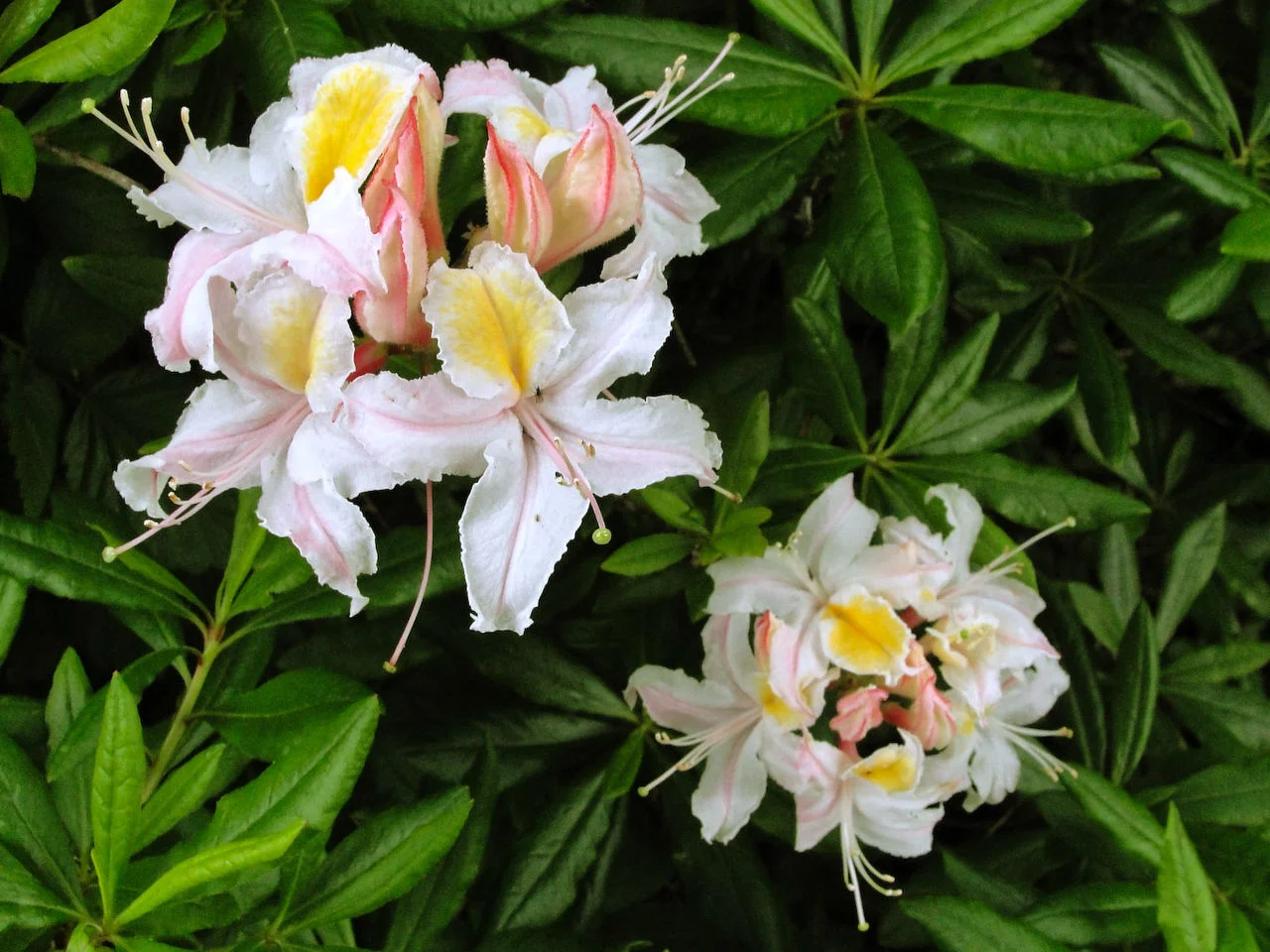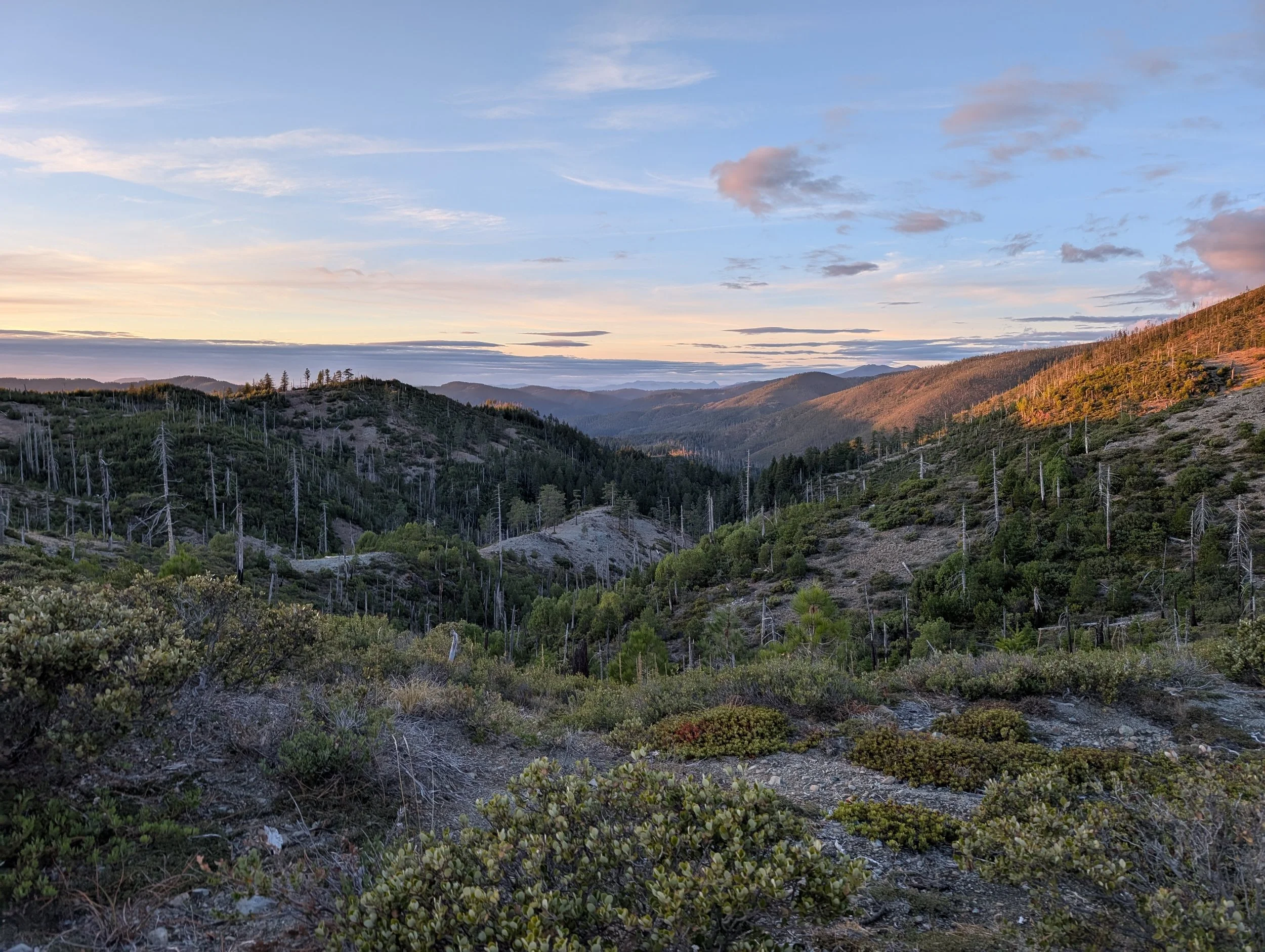Southern Oregon and Northern California are Home to the Largest Remaining Network of Wilderness Areas on the West Coast.
Diverse, fire-sculpted forests. Rushing rivers flashing with wild salmon and trout. Deep canyons and craggy peaks. Vast unspoiled expanses, imbued with mystery and beauty. An ancient landscape with wildflowers found nowhere else on earth.
Welcome to the southern Oregon and northern California's Klamath-Siskiyou, the heart of biodiversity on America's West Coast! Covering nearly 11 million acres, the Klamath Siskiyou ecosystem includes the mountains, forests, and watersheds of the iconic Rogue, Smith, and Klamath Rivers. Most of these wildlands belong to you and are managed as public resources by the Forest Service, BLM and Park Service. These rugged wildlands are a priceless treasure that is the collective legacy of all Americans.
Preserving Wilderness is Essential
In this increasingly high-stress world, wilderness areas offer places of refuge and revitalization for humans that can be found nowhere else. With its extraordinary natural features, the Klamath-Siskiyou offers world-renowned hiking trails and rafting adventures.
Much of the diverse plant life celebrated in the Klamath-Siskiyou region can be found in Botanical Areas in National Forests and Areas of Critical Environmental Concern on BLM lands. These areas have been protected because of the special plant life they host. However, due to a lack of oversight and law enforcement, many of these areas are threatened.
Ecosystem functions such as the production of pure drinking water and clean air require large tracts of wild land. Only by preserving whole ecosystems and intact watersheds can we ensure these priceless natural services will continue uninterrupted. Yet all throughout the Klamath-Siskiyou you will find places that have been damaged by both too much love, or not enough.
Wilderness designation is the highest level of landscape protection available, offering the best defense for essential habitat for at-risk species. Wilderness stands out from lands already disrupted by logging, road building, and other development. In this era of rapidly changing climate and disappearing forests, wilderness conservation is more crucial than ever to the continued survival of countless species. Wilderness also provides people a chance to seek a refuge from the hustle and bustle of the modern world.
The KS is home to many unique species
This region started forming 400 million years ago as a volcanic island arc (think, Hawaii or South pacific island chains), located at 20 degrees latitude, with a semi-tropical climate. After breaking up with Pangea and moving across the ocean, North America collided with the islands, adding them onto its western edge, and the Siskiyou Mountains rose. The have been repeatedly uplifted, folded, and mixed with the granites of the ancient seafloor bedrock, as wild rivers cut through them. After 100 million years, the result is a tangle of peaks, knife-like ridges, and steep river canyons that connect the Cascade and Coast Range mountains.
Serpentinite, a characteristic rock of the Klamath-Siskiyous was formed as the wet oceanic crust slid underground and combined with the mantle. The shiny green appearance is the result of this mixture under the high pressures and slow movement. Serpentinite is high in Mg but deficient in K and Na, which inhibits most plant species from thriving or even growing on it, but conversely it provides a vacant niche for the evolution of truly unique species. A distinguishing geological feature of this area is the Josephine ophiolite - the largest formation of exposed serpentine rock in North America.
Protect the best, restore the rest
Protecting and maintaining a healthy and robust wildland network in the Klamath-Siskiyous is critical to the survivability of countless species and ecosystems.
KS Wild works to protect our world-class wildlands in a variety of ways. We work on national policies that protect roadless areas on public lands. We partner with recreation and tourism interests that benefit from these wild areas to make the case that wildlands protection is good for both local economies and the environment. We collaborate with other groups that work on restoration, sustainable timber harvesting. We work with ranchers to protect our wildlands and watersheds from disruptive effects of grazing. We are a watchdog for misuse of our public lands by monitoring for illegal activities, organizing trash clean-ups, invasive weed pulls, and fencing projects, and more.
The Wildlands of the Klamath-Siskiyou are Largely in and around Existing Designated Wilderness Areas
Kalmiopsis: The 179,850 acre Kalmiopsis Wilderness includes the headwaters of the Chetco and North Fork Smith Rivers, as well as a portion of the Illinois River canyon. The Kalmiopsis Wilderness is renowned for its botanical diversity.
Wild Rogue: The Wild & Scenic Rogue River runs through the middle of the 35,818 acre Wild Rogue Wilderness. Hiking, whitewater rafting and salmon & steelhead fishing are all popular activities in the Wild Rogue Wilderness.
Copper Salmon: Designated in 2009, the 13,700 acre Copper Salmon Wilderness is adjacent to the Grassy Knob Wilderness. The area contains one of the nation's largest remaining stands of low-elevation old-growth forest and one of the healthiest salmon, steelhead, and cutthroat trout runs in the continental United States along the north Fork of the Elk River, as well as stands of vulnerable Port Orford cedar and endangered marbled murrelets and northern spotted owls.
Grassy Knob: At 17,200 acres, the Grassy Knob Wilderness is relatively small, but it protects some incredibly valuable habitat - pristine spawning grounds for salmon, old-growth Port Orford cedar and dense westside rainforest. The area averages 130 inches of rain annually.
Red Buttes: Approximately 3,400 acres of the Red Buttes Wilderness lie within the Siskiyou Wild Rivers area. The Red Buttes are named for the reddish peridotite soils that dominate the region’s geology.
Siskiyou: The Siskiyou Wilderness contains the headwaters of the East Fork of the Wild & Scenic Illinois River. Roughly 5,000 acres of the Siskiyou Wilderness are in the Siskiyou Wild Rivers Area.
Also Russian Wilderness, Marble Mountain Wilderness, Castle Crags Wilderness, Trinity Alps Wilderness, and Yolla Bolly-Middle Eel Wilderness.





























